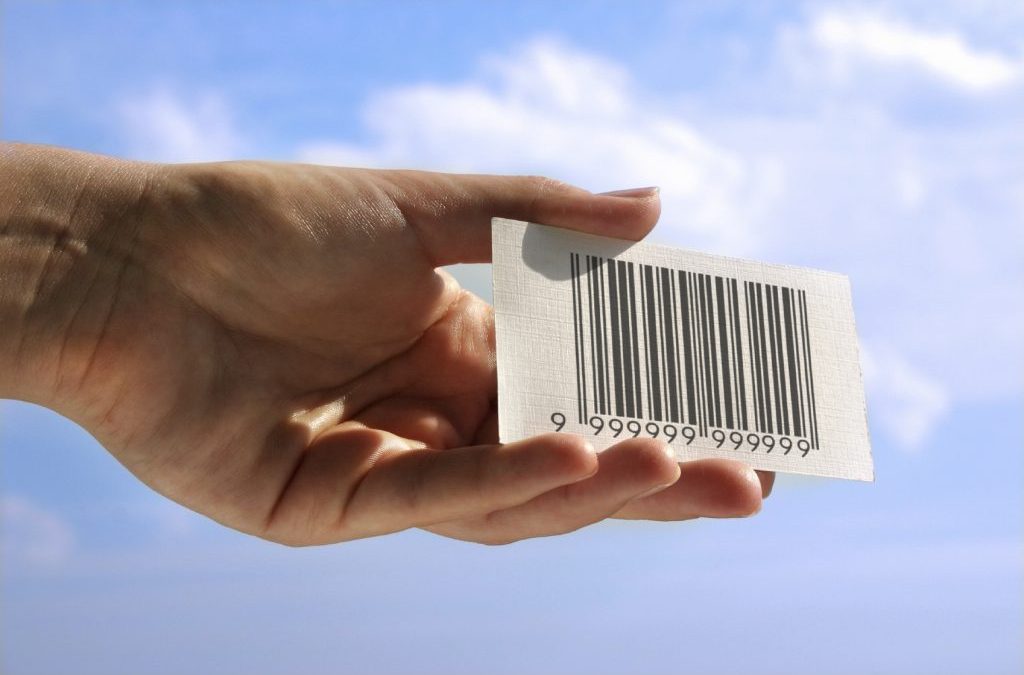Tagging assets is a pretty basic concept. Whether it’s one dimensional, 2D, RFID or otherwise, the concept is the same. Affix a label to your equipment, give it a unique identity, make it easier to keep track of the asset.
We find that almost all mid-size and larger organizations have some form of asset tagging system in place and is even becoming more common to find this among smaller organizations with fewer assets to manage.
As asset tagging has become more commonplace, we are still finding that it is often not being implemented quite right. This is particularly true and even magnified the larger an organization gets.
Lack of Standarization
The biggest problem we see is a lack of standardization.
It is very common to find that each disparate department has applied their own unique asset tag for their own purposes. We also find that depending on the age of the asset, there may be an older asset tag with its unique numbering sequence as well as a newer updated tag with a different numbering sequence. The old tag number may or may not be tracked, but the tags are still there.
We also routinely find that, for a variety of reasons, some assets are tagged and some are not.
The end result, some assets may have 2 (or more) asset tags, some have no tags, and there are many different asset tags deployed, for different purposes, throughout a single facility.
This causes problems within an asset management program. There are often various databases being used to track these assets, for example financial versus operational. One database may include one set of asset tag numbers while another includes its own set of asset tag numbers.
It is not necessarily harmful if an asset has more than one asset tag. The real problem is created when different types of assets have different tags, tracked within different (decentralized) databases.
For example, if finance has deployed its own set of asset tags for all capital assets, it does not generally cause an issue if there is an additional tag on the asset. This can sometimes cause confusion, but generally does not cause any data gaps.
Conversely, if each department responsible for the equipment is deploying its own set of tags, this can and does cause data gaps. IT may apply one set of tags, facilities another, and maintenance its own set. Finance must now rely on 3 different tagging systems and possibly 3 separate databases to properly reconcile capital equipment.
If you find yourself in this situation, we recommend standardizing to the extent that you can. Preferably at the corporate level, across each legal entity, or at the very least throughout each location/facility.
Barcode labels are very inexpensive. Acquiring one standard set of barcode labels to deploy across the enterprise can be done at minimal cost, whether you manage 500 or 500,000 fixed assets.
There are instances where different types of asset tags may need to be used within a single environment and there is nothing wrong with doing so. For example, some higher value assets may be tagged with more expensive RFID labels, while lower value assets are tagged with polyester barcode labels. Assets that are subjected to extreme conditions and may require a more durable metallic label. Varying the media and technology of the labels is not an issue, but the idea is establish a standardized policy for affixing labels, managing the data, and eliminating data gaps.
Depending on the size of the organization, affixing the tags can be more involved and costly. There are several ways to approach this. The most cost efficient approach is to phase the application of the new asset tags in with each cyclical physical inventory. This can be during a full sweep wall-wall physical inventory, or phased in as your budget and resources allow. At the same time, implement a process for affixing the same tags to new assets as they are received. This is considered to be a crucial control point in the asset lifecycle.
Many other benefits are realized as a result of the physical inventory and asset tagging effort, including getting all of your assets incorporated into a single database. Verasset provides fixed asset tagging services. Contact us to learn more…

